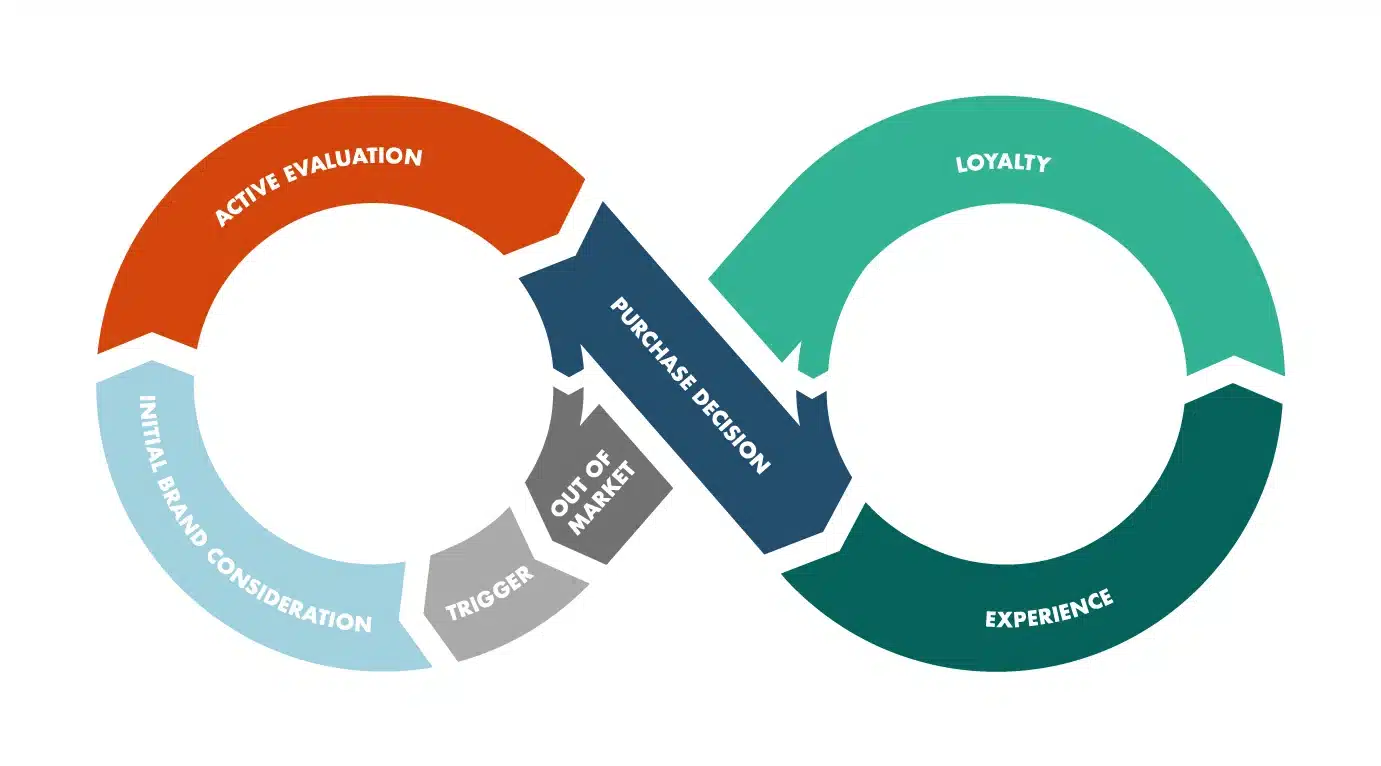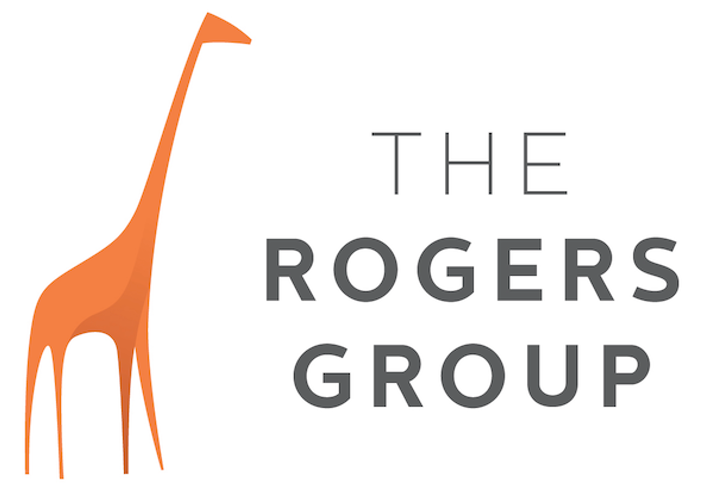In today’s competitive business landscape, understanding the customer journey has become crucial for brands to effectively engage and retain customers. A customer journey map is a powerful tool that enables businesses to visualise and comprehend the entire experience a customer goes through when interacting with their brand. By identifying the various touch points and emotions associated with each stage, companies can optimise their marketing efforts to deliver a seamless and personalised experience, resulting in higher customer satisfaction and loyalty.
What is customer journey mapping?
Mapping the journey of customers is the process of creating a visual representation of the steps a customer takes when engaging with a brand. It involves documenting the customer’s interactions, needs, and emotions at each stage, from the initial awareness and consideration phases through the purchase decision and beyond. A customer journey map helps businesses gain insights into customer behaviour and preferences, allowing them to align their marketing efforts accordingly.
The stages of a customer journey
Awareness
This is the stage where a customer becomes aware of a brand’s existence or a specific need they have. It could be triggered by various factors such as advertisements, word-of-mouth, or online research. Understanding how customers become aware of your brand helps in crafting targeted marketing campaigns to capture their attention.
Consideration
Once aware of the brand, customers begin evaluating their options. They compare features, pricing, and reviews to make an informed decision. At this stage, businesses should focus on providing detailed information, engaging content, and positive reviews to influence customers’ perception and encourage them to move forward.
Purchase
This is the critical moment when a customer decides to make a purchase. A smooth and intuitive purchasing process, along with transparent pricing and flexible payment options, can significantly impact conversion rates. Clear communication and a user-friendly interface are essential to ensure a seamless buying experience.
Post-purchase
The customer journey doesn’t end with a purchase. In fact, it’s just the beginning of a long-term relationship. After-sales support, customer service, and personalised follow-ups play a vital role in fostering customer loyalty. By delivering exceptional post-purchase experiences, brands can turn customers into advocates who promote their products or services.
Optimising marketing efforts using customer journey maps
Identify touch points
A customer journey map helps identify the touch points where customers interact with a brand. These touch points could be physical (in-store visits), digital (website, social media), or through customer service channels. By understanding the touch points, businesses can optimise their marketing efforts to deliver consistent and seamless experiences across all channels.
Analyse customer emotions
Emotions play a significant role in shaping customer perceptions and decisions. Mapping the customers’ Journey allows businesses to analyse and understand the emotions customers experience at each stage. By addressing pain points and providing solutions that evoke positive emotions, brands can create memorable experiences and build emotional connections with their customers.
Personalise marketing messages
With insights gained from customer journey maps, businesses can create personalised marketing messages tailored to each stage of the journey. By understanding the customer’s needs, desires, and pain points, brands can deliver relevant content and offers that resonate with customers, increasing the likelihood of engagement and conversion.
Optimise customer support
Maps of customers’ journey help identify potential gaps or pain points in the customer support process. By streamlining and enhancing customer support at various touch points, brands can proactively address customer concerns, provide timely assistance, and ensure a positive experience throughout the journey.
Continuously improve
Mapping a customer’s journey is not a one-time exercise. It should be an ongoing process that evolves as customer needs and behaviours change. Regularly reviewing and updating customer journey maps allows businesses to stay attuned to customer expectations and make necessary adjustments to their marketing efforts.
In conclusion, understanding the customer journey is essential for businesses aiming to provide exceptional experiences and build long-term relationships with their customers. This mapping provides a comprehensive view of the customer’s interactions, emotions, and needs at each stage. By leveraging these insights, brands can optimise their marketing efforts, personalize communication, and deliver seamless experiences that exceed customer expectations. By investing in customer journey mapping, businesses can enhance customer satisfaction, increase loyalty, and ultimately drive growth in today’s highly competitive market.
By Manesh Ram, Digital Marketing Specialist. Please follow @maneshram & Meta









